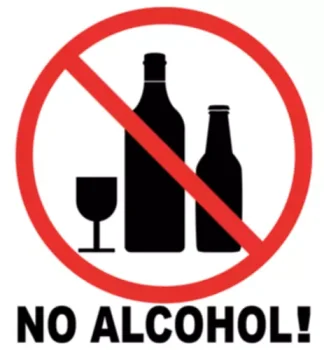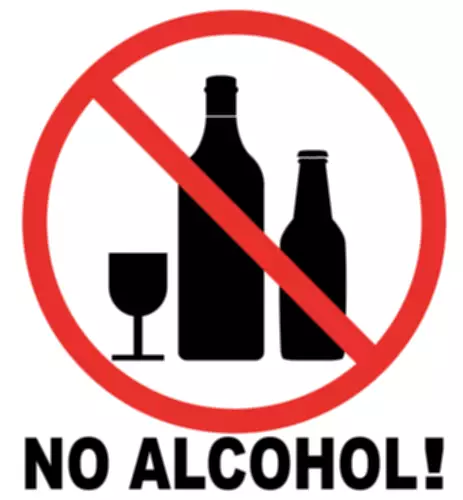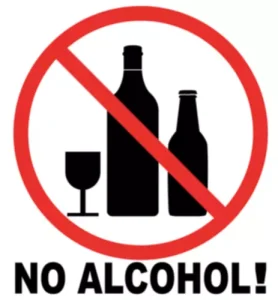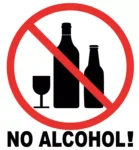
Just as in other brain regions, these neurons adapt to counteract repeated overstimulation. Excessive alcohol consumption can lead to various acute and chronic conditions that impact brain structure and function. One such condition is Wernicke-Korsakoff syndrome, a degenerative brain disorder characterized by memory impairment and other cognitive symptoms.

Neurobiology of alcoholism
American Addiction Centers (AAC) is a leading treatment provider and has trusted rehab facilities across the U.S. For helpful advice, information, or admissions, please contact a caring AAC representative free Drug rehabilitation at . Many people misuse sedatives because they reduce anxiety, help them to relax, and, in some cases, help them sleep. These drugs can also indirectly affect the reward pathway and cause a euphoric high, especially when taken in high doses.
The extended amygdala
These signals are conducted away from the neuron’s cell body by long slender projections called axons. A neuron sending a signal releases a neurotransmitter (shown as triangles and circles), which binds to a receptor on the surface of the receiving neuron. Ultimately, the scope of alcohol research will have to expand to examine effects on large-scale brain circuitry and how circuits control alcohol-related behaviors. In animal models, this work will be bolstered by techniques allowing for more precise control of neuronal projections (e.g., opto- and chemogenetics), as well as new techniques for widespread measurement of neuronal activity. While these approaches are just beginning to be applied within the field, there are some intriguing findings. In the following sections, we will consider the neurophysiological and behavioral effects of ethanol.
How Drugs Affect Communication in the Brain
A study conducted by39 to assess the association of Taq1A polymorphism and AD in south Indian population yielded negative results.40,41 also did not find any association with Taq1A polymorphism and AD amongst Mexican-Americans. The Taq1A allele frequency of non-assessed controls was more than that of non-assessed alcoholics. However, the allele frequency of assessed alcoholics was found to be 3 times that of assessed controls.

Ethanol also inhibits MSN-MSN synapses via a mechanism that is not as well characterized (Patton et al., 2016). Thus, the net effect of acute ethanol is to inhibit MSN output from associative striatum while disinhibiting output from sensorimotor striatum. These striatal subregions are part of larger circuits that control goal-directed, conscious actions (the associative circuit) and habitual, unconscious actions (the sensorimotor circuit). The combination of associative circuit inhibition and sensorimotor circuit activation could help to promote the learning and performance of habitual actions.

Preoccupation/Anticipation Stage: Prefrontal Cortex
Excitatory neurotransmitters activate the postsynaptic cell and inhibitory neurotransmitters depress the activity of the postsynaptic cell. The nucleus accumbens is a group of neurons located in the forebrain that is thought to play a role in reward, pleasure, addiction, and fear. Cannabinoid ligands decrease GABAergic transmission, and research by the authors has shown that alcohol augments GABAergic transmission in the CeA, thus acting in a direction opposite of cannabinoids.

Drugs like opioids can cause disruptions in the brain stem or other parts of the brain. This explains why someone may have depressed breath or a worse consequence from a drug overdose. Public understanding of drug and alcohol addiction has improved over the decades, but it still has a long way to go. According to Psychology Today, about 50% of those with alcohol use disorder show problems in thinking or memory. It affects a person’s ability to plan, withhold responses, learn and retain information, and work with difference between drugs and alcohol spatial information. In the study, 165 AD patients, 113 heroin dependent patients and 420 healthy controls from a homogeneous Spanish Caucasian population were genotyped using standard methods.
Remarkably, the inhibitory action of alcohol on these key receptors was not identified until 1989 (Lovinger et al. 1989). Another type of channel affected by alcohol is known as calcium-activated potassium channels. These channels now are known to be very sensitive to ethanol and important for alcohol’s actions in animal models, such as the fruit fly Drosophila and round worm Caenorhabditis, as well as in the mammalian nervous system (Treistman and Martin 2009). Ethanol’s actions on these channels were not defined until the mid 1990s (e.g., Dopico et al. 1996).
Risk and protective factors for alcohol and drug abuse
You can promote healthy changes in the brains and behaviors of patients with AUD by encouraging them to take a long-term, science-based approach to getting better. For practical, evidence-based tips on supporting your patients with AUD, see the Core articles on treatment, referral, and recovery. That’s because these drugs block the action of acetylcholine, a neurotransmitter that mediates all sorts of functions in the body.
- Cannabinoids also open potassium channels of the G protein–regulated inwardly rectifying K+ channel (i.e., GIRK) type in transfected cells17 and have been linked to GIRK channels in the cerebellum.
- Thus, top-down approaches based on these behavioral outcomes led scientists to study ethanol’s effects on midbrain dopamine neurons that have prominent roles in locomotion and reward (Melis et al., 2007; Samson et al., 1992).
- Some drugs, such as opioids or benzodiazepines, activate neurons by mimicking natural neurotransmitters, while others like amphetamines or cocaine cause neurons to release excessive amounts of neurotransmitters or prevent their normal recycling.
- For example, it is now well-known that tobacco smoke can cause many cancers, methamphetamine can cause severe dental problems, known as “meth mouth,” and that opioids can lead to overdose and death.
- However, in some CeA neurons, the ethanol and CRF effects on GABA transmission are additive, suggesting distinct mechanisms of action.

The review paper will give an overview of the neurobiology of alcohol addiction, followed by detailed reviews of some of the recent papers published in the context of the genetics of alcohol addiction. Furthermore, the author hopes that the present text will be found useful to novices and experts alike in the field of neurotransmitters in alcoholism. The brain and its networks have the ability to change and adapt—a property called plasticity. Plasticity is important for normal brain development and learning, as well as for recovering from brain injuries and strokes.
0 responses to “Drugs, Brains, and Behavior: The Science of Addiction”